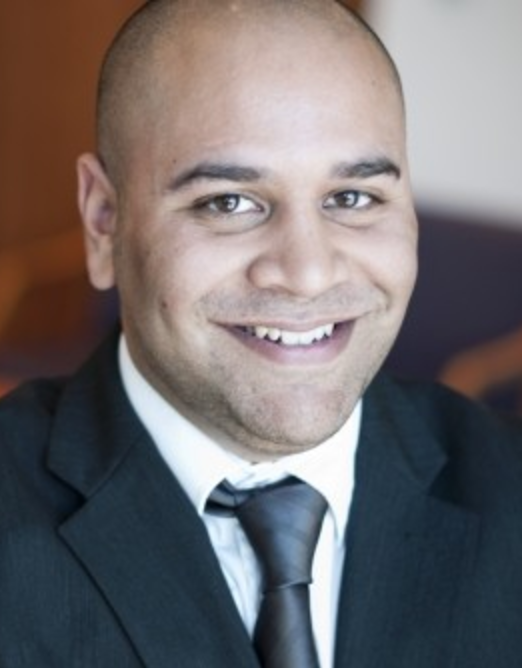Neeraj Thomas: Can you spot a fake?

Neeraj Thomas
“Imitation is the sincerest form of flattery” or so the saying goes. But ask a brand holder what they think of imitation and I would bet a decent amount of money that “flattering” is not one of the adjectives they use, writes Neeraj Thomas.
RedPoint are a US company who have built a system which scans for counterfeit products online on behalf of customers and automates the process of having any fake goods (and/or pirated content) removed. The company have recently commissioned a report into the counterfeit cosmetic industry and the impact that social media has on the industry. And it makes for worrying reading for luxury brand holders.
The Report suggests that counterfeits are costing the cosmetic industry around $75 million a year. One would also expect comparable figures in the UK and European industries as well. The report also quotes some troubling statistics which indicate:
- Nearly 20 per cent of respondents to Redpoint’s survey have bought a fake cosmetic item by mistake;
- Over 50 per cent of respondents would buy an item from a third party seller if the product was offered at a discounted rate;
- Initially, when asked if the respondents could spot a fake, only 10% said that they were not confident in their ability to do so. However, when shown pictures of counterfeit cosmetic products respondents those in the “not confident” camp jumped to nearly 25 per cent - given an indication of how “good” some of the counterfeits can be.
The above stats all present a concerning picture for the cosmetics industry and indeed brand holders (and particularly luxury brand holders) as a whole. But one of the most interesting aspects of the report was the way in which social media has allowed counterfeiters to spread their net wider than ever before.
Counterfeiters are clearly becoming more and more tech savvy and on the basis of the figures mentioned in the report, the counterfeit market is lucrative enough to justify doing so. As an example, counterfeiters are using AI methodology purchase huge amounts of bots as followers on social media to comment on various posts of luxury brand holders. These bots are becoming more and more advanced and the report states that they are “more advanced than previous iterations, and many are capable of autonomous interaction with humans and even acting on their behalf.”
Faced with such pervasive technology it is no wonder that consumers are being confused between what is legitimate and what is not.
So what can brandholders do to try and combat these issues?
Well, there is no doubt that social media and the tactics described above are a game-changer so far as brand protection and IP enforcement are concerned. The “traditional” methods of cease and desist letters are much less effective as more often than not it is increasingly difficult to identify who is actually behind the counterfeit goods.
Using an online monitoring/takedown company such as RedPoint, or others, is a good start. There is an element of “whack-a-mole” with this kind of work but having counterfeit items (or social media accounts advertising/selling such items) removed as quickly and efficiently as possible is key to a successful brand protection strategy.
Another useful tool is to contact the social media pages directly and make a complaint based on the fact that the counterfeiters are infringing the brand holders’ IP. They could be doing this in a number of ways, either by using a registered trade mark in a way they shouldn’t or perhaps by using a photograph of the luxury good in which the brand holder holds the copyright. Often if you can identify a piece of registered or unregistered IP that is being used by the counterfeiters and provide documentary evidence (e.g. registered trade mark certificate or assignation of copyright) to the social media provider, the page relating to the counterfeit products will be removed.
Lastly, in the event that court proceedings are contemplated, conducting a test purchase of the counterfeit good can provide valuable information. This can include identity of the seller of the infringing product and can also help secure jurisdiction. In turn that would allow a brand holder to raise an action in a “rights holder friendly” court as opposed to trying to identify where the infringer is based and taking a chance in what might be an unknown country with limited knowledge of the local court and system. The Scottish IP court is generally considered a “rights holder friendly” with the ability to raise proceedings without the need to set out one’s cases in correspondence, and the ability seek ex parte interim orders at the outset of proceedings.
Neeraj Thomas is a senior associate at Burness Paull








